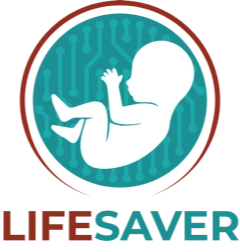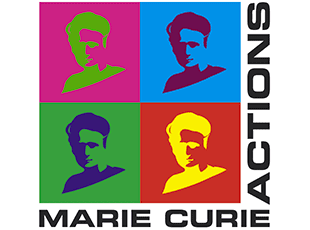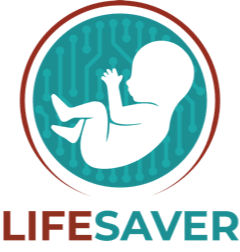Pharmacological risk assessment using a bio-digital twin: LIFESAVER
LIFESAVER will develop a model to test and assess chemicals and pharmaceuticals safely on their potential to cross placental tissue barriers, thus offering a platform for pharmacological risk assessment during pregnancy.
A bio-digital twin for pharmacological risk assessment: introduction

The health of pregnant women and their unborn children is of utmost importance and needs to be protected at any price.
This paradigm has led to a dilemma in pharmacology, where new drugs cannot be tested during pregnancy. Still, therefore, no drugs can be approved for use by pregnant women, denying them treatment options.
A majority of 90% of approved drugs lack information on efficacy and safety in pregnancy.
The LIFESAVER project aims to solve this dilemma by constructing a bio-digital twin, a platform modeling placental tissue that allows the pharmacological risk assessment of drugs and chemicals during pregnancy.
Pregnant women can suffer from a variety of conditions requiring medical treatment. Untreated, they can pose a threat not only to the mother but also to the unborn child, ultimately resulting in premature birth or complications in the future life.
In addition to medical conditions, pregnant women are continuously exposed to environmental pollutants such as chemicals, human-made endocrine-disrupting hormone contaminations, antibiotic residues, and antibacterial substances, such as cosmetics and food.
Measuring the effects of environmental pollution and pharmacological risk assessment are already challenging tasks. Still, they are impossible to perform on the population of pregnant women who are protected from invasive tests.
A bio-digital twin for pharmacological risk assessment: project description
There is no reliable model for pharmacological risk assessment or chemical compound testing during pregnancy.
Animal models fail to translate to human conditions, and ex-vivo placental tissue is limited (it can be used only for a couple of hours and is seldom available).
It is, therefore, nearly impossible to measure the amount of drugs or chemicals that cross the placenta from the bloodstream of the mother into the bloodstream of the baby.
The LIFESAVER project, coordinated by EnginSoft S.p.A., envisions constructing a platform that models the early placenta using a 3D-printed cell structure.
The platform will incorporate immortalized cell lines printed on a designated scaffold and offer the possibility to exert physical stimuli (mimicking pelvic movement) by peristaltic pressure change.
The cell culture will be supplemented with growth media, and chemical compounds will be tested and controlled using a microfluidic system.
We will design and construct the setup tailored to the project’s specific needs and in close collaboration with the project partners.
Digital output from the experimental results will be analyzed to develop a digital model that will help predict the outcome of pharmacological risk assessment without the need to perform experiments.
You can now visit the official project website at www.lifesaverproject.eu or follow LIFESAVER on social media:
A bio-digital twin for pharmacological risk assessment: results
In the light of the Lifesaver project, we developed a neuron culture pack for low shear stress, a lung-on-a-chip pack, a blood-vessel on-a-chip pack, a kidney-on-a-chip pack, a liver-on-a-chip pack, a skin-on-a-chip pack, a bone-on-a-chip pack, a pack for biomechanics and modeling in mechanobiology, microfluidics level sensors, and a smart culture tube rack.
This project has received funding from the European Union under H2020-LC-GD-2020-3, grant agreement No. 101036702 (lifesaver).
Start date: 1 November 2021
End date: 31 October 2025
Overall budget: €6,136,512.50


